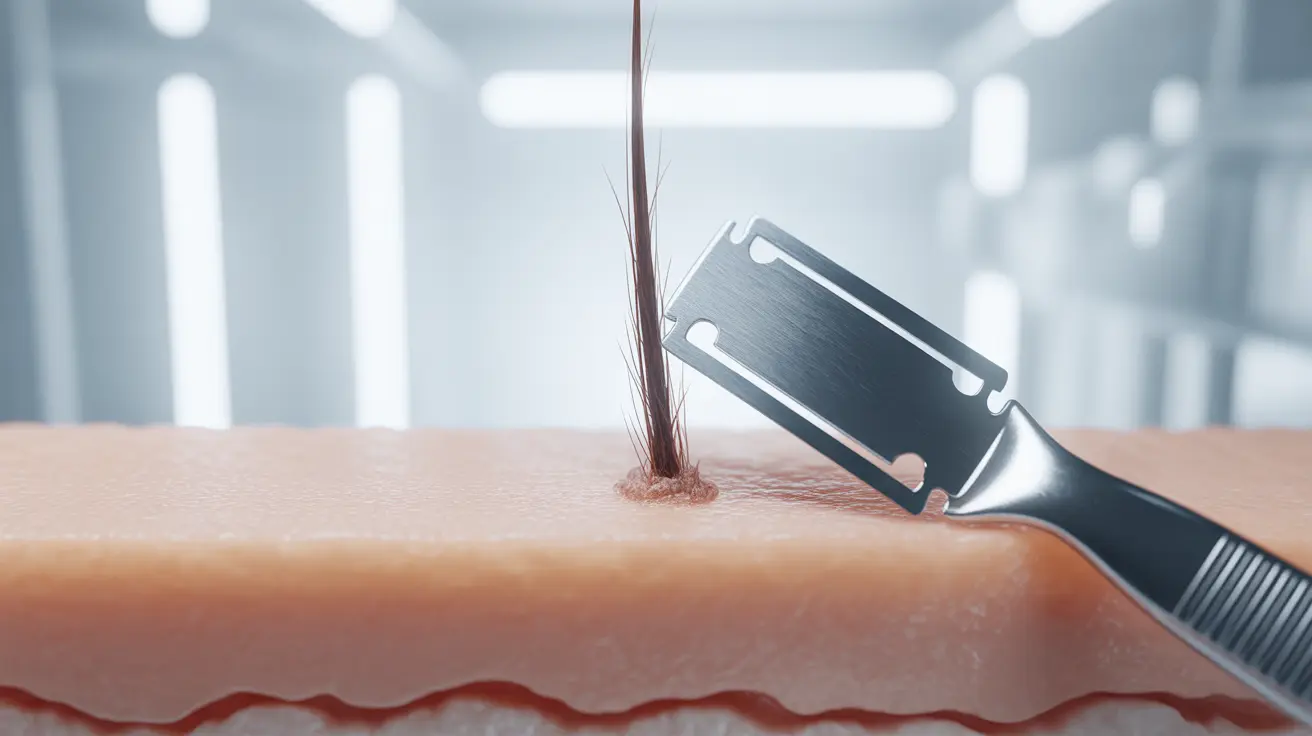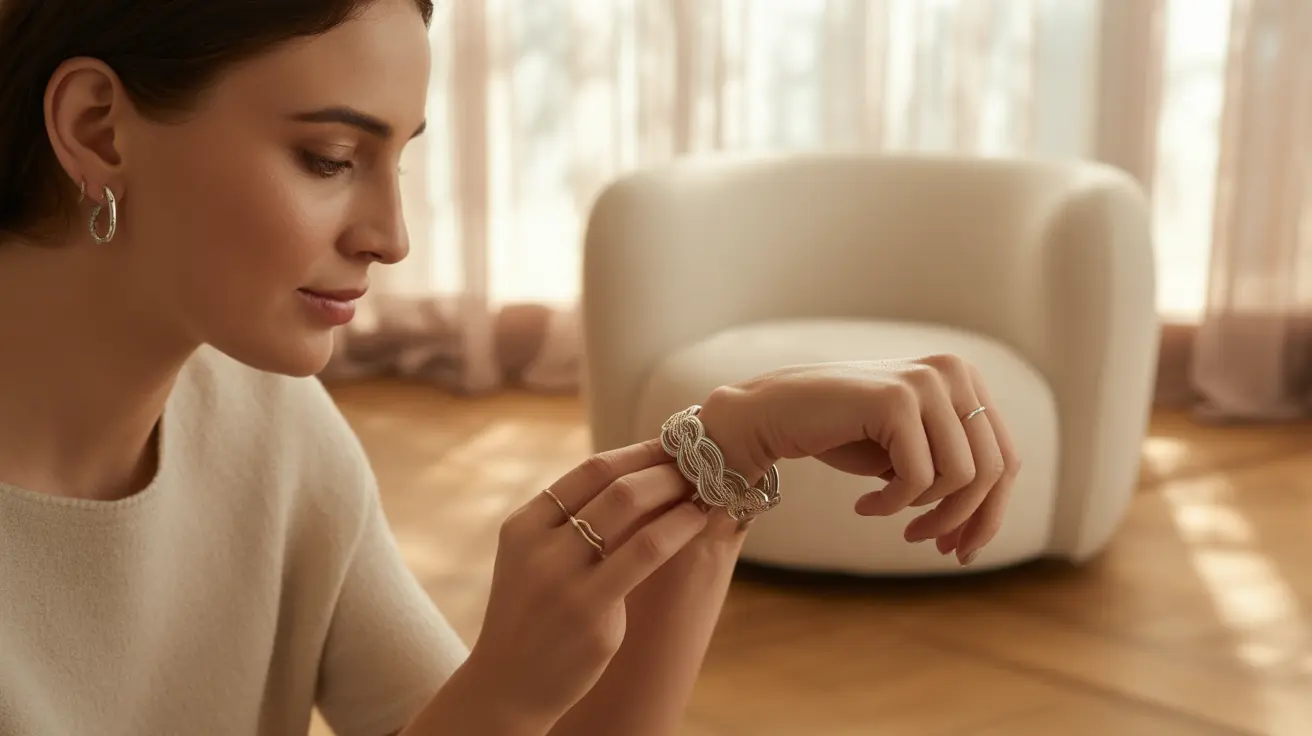Swimming in pools is a popular recreational activity, but some people may develop a skin reaction known as chlorine rash after exposure to treated water. This common condition occurs when sensitive skin reacts to chlorine and other pool chemicals, leading to uncomfortable symptoms that can affect your swimming experience.
Understanding chlorine rash - from its causes to effective treatments - is essential for anyone who enjoys swimming or uses hot tubs regularly. This comprehensive guide will help you identify, treat, and prevent this common skin condition.
What Is Chlorine Rash and Its Symptoms
Chlorine rash typically appears as red, itchy, and inflamed patches on the skin shortly after swimming in chlorinated water. The condition can manifest in various ways, including:
- Redness and irritation
- Itching or burning sensation
- Small bumps or hives
- Dry, scaly patches
- Tender or sensitive skin
- Mild swelling
These symptoms commonly appear in areas covered by swimwear, where chlorinated water can become trapped against the skin. The reaction may also be more pronounced in skin folds and sensitive areas.
Understanding the Causes
Chlorine rash develops when your skin reacts to chlorine and other pool chemicals. While chlorine is necessary for pool sanitation, it can strip away the skin's natural protective oils, leading to irritation and inflammation.
Several factors can increase your susceptibility to chlorine rash:
- Sensitive or dry skin
- Previous skin conditions like eczema
- Extended exposure to chlorinated water
- High concentration of chemicals in the pool
- Frequent swimming without proper skin protection
Effective Treatment Options
Most cases of chlorine rash can be effectively managed with home remedies and over-the-counter treatments. Here are some proven methods to alleviate symptoms:
Immediate Care Steps
- Rinse thoroughly with clean, fresh water
- Take a cool shower using mild soap
- Pat skin dry gently instead of rubbing
- Apply a moisturizer to damp skin
Over-the-Counter Solutions
Several products can help manage chlorine rash symptoms:
- Calamine lotion for itch relief
- Hydrocortisone cream for inflammation
- Moisturizing lotions with ceramides
- Anti-itch creams with aloe vera
- Oatmeal-based products for soothing
Prevention Strategies
Taking preventive measures can significantly reduce your risk of developing chlorine rash:
- Apply a barrier cream or oil before swimming
- Shower immediately before entering the pool
- Limit time spent in chlorinated water
- Wear proper-fitting swimwear
- Remove wet swimwear promptly after swimming
- Shower thoroughly after pool use
- Use high-quality moisturizer after swimming
When to Seek Medical Attention
While most cases of chlorine rash resolve with home care, certain situations warrant medical attention:
- Severe itching or pain
- Blistering or open sores
- Signs of infection
- Symptoms lasting more than a week
- Difficulty breathing or swallowing
- Severe swelling
Frequently Asked Questions
What does a chlorine rash look like and what symptoms should I expect after swimming?
A chlorine rash typically appears as red, itchy patches on the skin, often accompanied by small bumps or hives. You may experience burning sensations, dry skin, and mild swelling in affected areas, particularly where swimwear contacts the skin.
How can I treat chlorine rash at home and which over-the-counter remedies are effective?
Effective home treatments include thorough rinsing with fresh water, applying moisturizer, and using over-the-counter products like calamine lotion or 1% hydrocortisone cream. Cool compresses and oatmeal baths can also provide relief.
What causes chlorine rash and why am I more sensitive to chlorine than others?
Chlorine rash occurs when skin reacts to pool chemicals, particularly when they strip away protective oils. Individual sensitivity varies due to factors like skin type, existing skin conditions, and overall skin barrier function.
How can I prevent getting a chlorine rash when swimming in pools or hot tubs?
Prevent chlorine rash by applying barrier cream before swimming, showering before and after pool use, limiting exposure time, and maintaining proper skin hydration. Wearing appropriate swimwear and removing it promptly after swimming also helps.
When should I see a doctor for a chlorine rash that doesn't improve with home care?
Consult a healthcare provider if symptoms persist beyond a week, if you develop severe itching, blistering, signs of infection, or if you experience any breathing difficulties or severe swelling.




